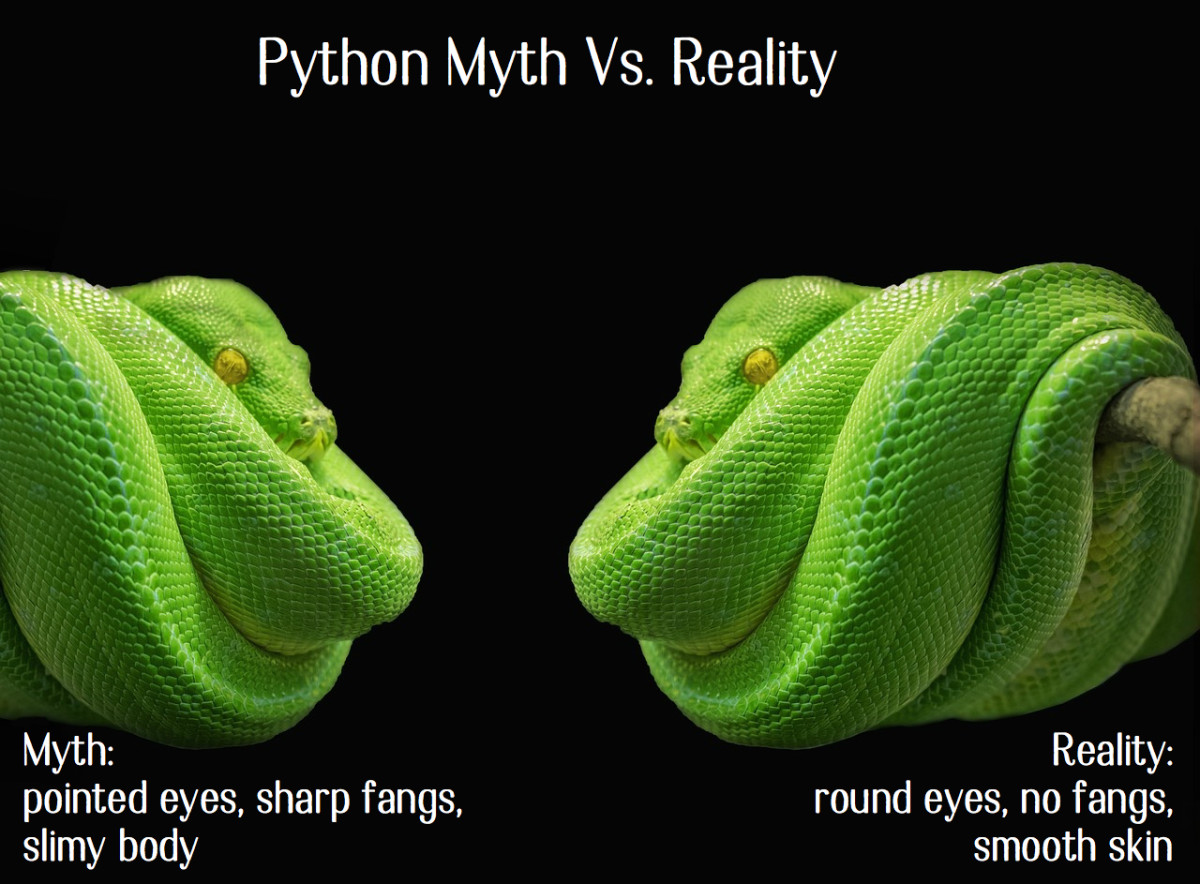

As with many pythons, several scales on the snout contain obvious heat-sensing pits.

2012 see next paragraph for more detail). bivittatus is a very large (>6 m total length), heavy-bodied snake (175 kg), although the figures on maximum size are disputed and/or based largely on captive specimens ( Murphy and Henderson 1997, Barker et al. bivittatus progschai, from Java, Bali, Sumbawa, and Sulawesi. (2009) also recommended recognizing the subspecies, the Dwarf Burmese Python, P. In captivity, these two species hybridize and produce healthy offspring ( Townson, 1980), but the ability to exchange genes successfully is considered a plesiomorphic character and does not prevent taxa from qualifying as distinct species. However, the species concept is in flux and some herpetologists, especially those focused on herpetoculture ( Daniel, 2002 O’ Shea, 2007 Barker and Barker, 2008), recommend splitting into two species at the contact line. molurus is often assumed to occur frequently enough for the combined population to qualify as a species ( Underwood and Stimson, 1990 Kluge, 1993 Welch, 1994 Walls, 1998 McDiarmid et al., 1999 Integrated Taxonomic Information System (ITIS), 2008). bivittatus are parapatric (abutting but not overlapping), introgression between it and P. Various researchers have found these characters to be undiagnostic ( Rooij, 1917 Mertens, 1930), and as P. Populations in southeastern Asia, Nepal, and northern India are referred to as Python bivittatus bivittatus, Python bivittatus, or Python molurus bivittatus, having a darker overall coloration, an arrowhead marking on the top of the head that does not fade anteriorly, and the presence of a scale row between the supralabials (upper lip scales) and the oculars (single ring of scales at the margins of the eye). molurus sensu lato has been divided into subspecies recognizable primarily by colour pattern ( Barten et al., 1985 Ross and Marzec, 1990). (2009) elevated it to species status, albeit with little new supporting evidence (Schleip and O’ Shea, 2010 Reed et al., 2012). The Burmese Python, Python bivittatus or Python bivittatus bivittatus, was previously recognized as a subspecies of the Indian python ( P. All boas and pythons are included in Appendix II of CITES, largely to allow monitoring of the trade in reptile skins. bivittatus and other large constrictors are highly variable both among and within states. Elsewhere in the U.S., regulations on ownership of P. except by permit for zoological, educational, medical, or scientific purposes. Fish and Wildlife Service, prohibiting importation into the U.S. In 2012, it was listed as an injurious species by the U.S. bivittatus was listed as a conditional reptile species by the Florida Fish and Wildlife Conservation Commission, prohibiting acquisition for personal possession and requiring reptile dealers, public exhibitors, researchers, and nuisance trappers to apply for a permit to import or possess pythons.

bivittatus in Puerto Rico, a US territory in the Caribbean, but these remain as yet unconfirmed. Key Largo woodrat Neotoma floridana, American Wood Stork Mycteria americana, American alligator Alligator mississippiensis) and species with limited distributions (Limpkin Aramus guarauna, Round-tailed Muskrat Neofiber alleni).

The primary ecological impact is on native vertebrates that may be consumed as prey several dozen species of prey have been removed from more than 2000 pythons collected and removed so far, including federally and/or state protected/managed species (e.g. The distribution of pythons in Florida covers thousands of square kilometres and continues to expand. As a result of the escape or release of individual snakes kept as pets, it is established and invasive in southern Florida, USA, where it has probably been established for at least three decades. molurus) is a large snake, native to south-eastern Asia. Python bivittatus (sometimes considered a subspecies of P.


 0 kommentar(er)
0 kommentar(er)
